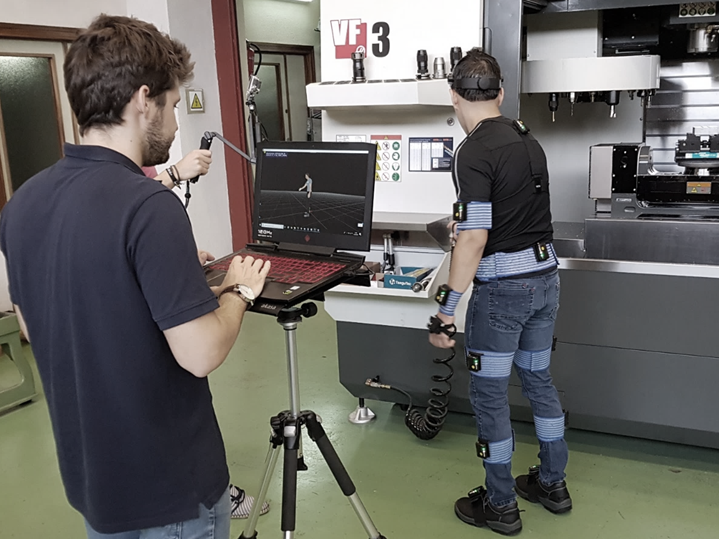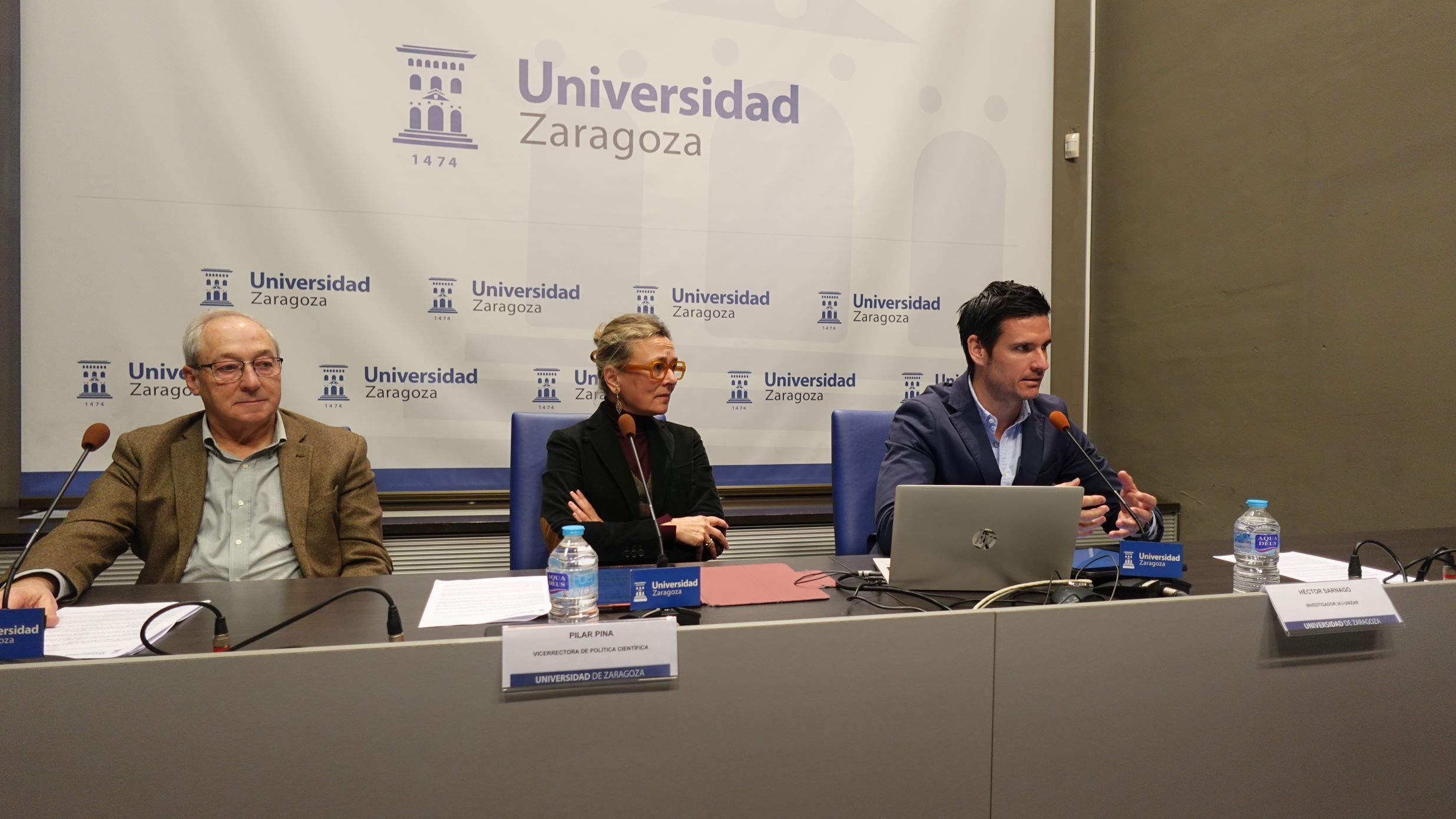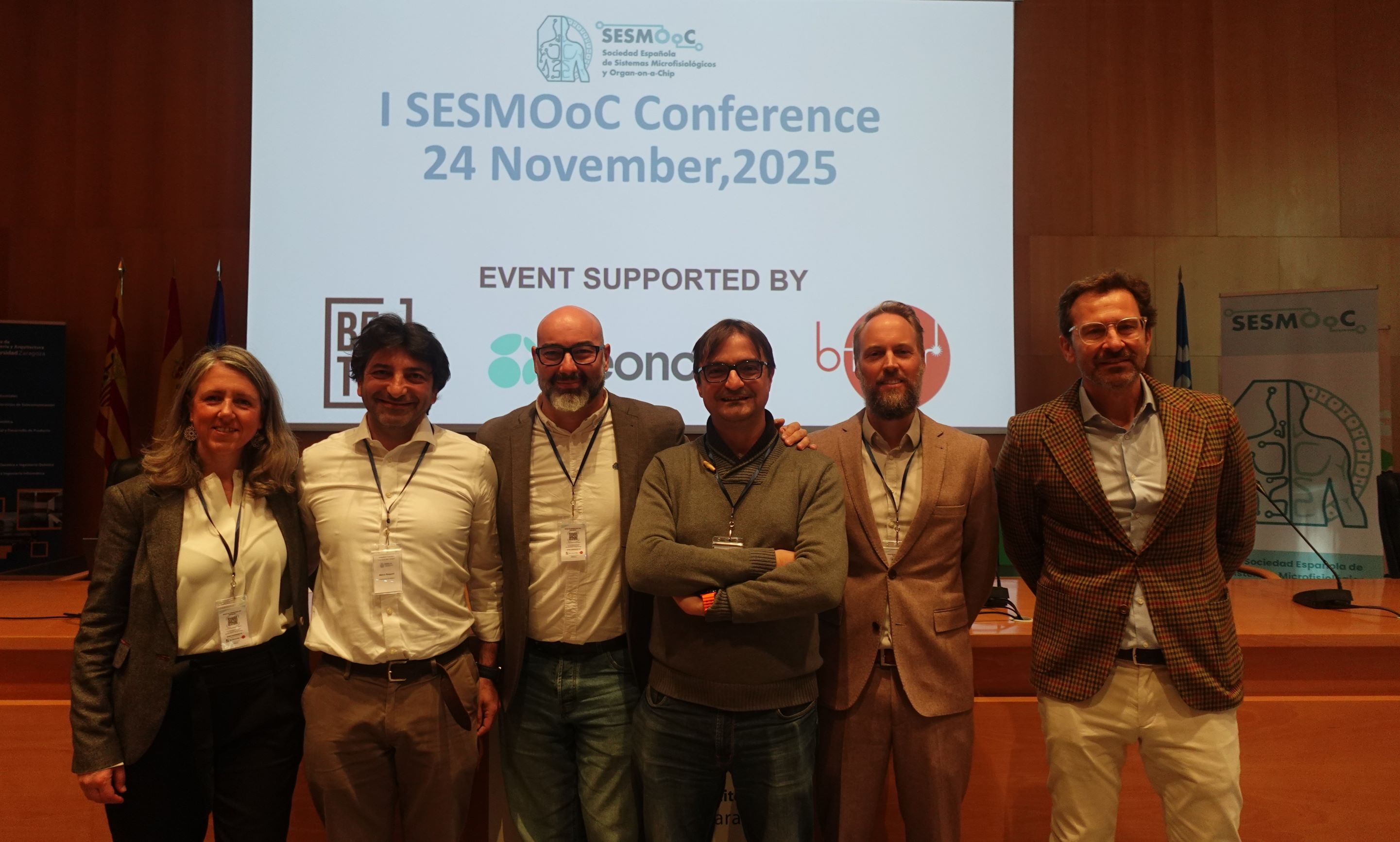
In Europe, three out of five workers have had, have or will have musculoskeletal disorders (MSD) arising from work. They account for 60% of work-related health problems, ahead of problems related to stress, depression or anxiety, which are around 16% (Report of the European Agency for Safety and Health at Work, 2019).
In this field, investigates the IDERGO group, from the Aragon Engineering Research Institute (I3A) of the University of Zaragoza. One of his projects, which they have called SCAMA, a motion capture system with a technology similar to that used in cinema and video games, but, in this case, portable and can be deployed in an agile way. in productive environments. "We want this capture technology to be like a second skin, like a scale, and hence the name of this project," explain researchers Javier Marín Boné and José Javier Marín Zurdo.
Ergonomics 4.0
This technology is placed on a worker to evaluate workstations for repetitive tasks or load handling. They apply the ergonomic Forces method, also created by them, with which they generate interactive risk maps, in which they see, by color, as if it were a traffic light, the risk of injury divided by anatomical areas. Thus, they facilitate companies:
- Have an overview of ergonomic problems and delve into the causes.
- Create balanced rotations of workers between positions.
- Relocate sensitive workers with MSDs.
- Focus postural education on the real problems detected.
- Carry out simulations that anticipate the improvements to be applied, such as, for example, the use of exoskeletons in workers.
The SCAMA project is one of the 10 projects selected by the Government of Aragon to be part of the Health Tech Aragon program.
Facilitate health prevention
Through virtual ergonomics, prevention services in the industrial sector can act with greater precision and reduce musculoskeletal problems, improve the well-being of workers, increase productivity, competitiveness and reduce costs that it entails for society.
Ergonomic job evaluations are especially helpful in reducing MSDs. So much so that, in many countries, it is necessary to carry them out by regulations. However, the ergonomic methods used are observational, the subjectivity of the evaluator intervenes, they require a long application time and the management of this information is usually carried out in a non-automated way. "The current context of industry 4.0 and interconnected intelligent objects in the Internet of Things, highlights the need to update these methods", underline the IDERGO researchers.
The technology and methods applied from the SCAMA project are part of Industry 4.0. "Prevention services can evaluate jobs more efficiently, make more informed decisions, save time and dedicate it to actions that add more value to the companies they serve," they explain.
At this moment, this technology is already being applied in own and third party prevention services, mutual Social Security collaborators, as well as in industrial companies.
Their work over the years in research and development of ergonomics in the health field, leads this group of the I3A to bet on continuing to advance scientifically in the use of capture technology also for the health monitoring of workers and perhaps for their training and postural education.
Title: Forces: A Motion Capture-Based Ergonomic Method for the Today’s World.
It has been published as part of Special Issue: Advances in Design and Integration of Wearable Sensors for Ergonomics




